Cat communication explained: Here's what your feline friend is trying to tell you
Cat communication may seem complex, but this guide will help you crack the kitty code

If you struggle to understand cat communication, rest assured you’re not alone. Regarded for centuries as mysterious and solitary, we humans often find it challenging to decipher the many verbal and non-verbal messages our feline friend’s send out.
From visual signaling to an impressive array of sounds, cats communicate in a variety of different ways. If you’ve ever wondered ‘why do cats purr?’, learning how to interpret these complex communication combinations will provide you with the answers you’ve been looking for.
Understanding cat communication can also help you recognise the signs of a happy cat and strengthen your relationship with your kitty. Plus, once you realize that our feline friends express themselves differently, you’ll come to appreciate that there are lots of strange things cats do that are actually quite normal.
So, without further ado, here’s everything you need to know about cat communication so that you can become a master at translating what it is your beloved bundle of fluff is trying to tell you.
Explaining cat communication
1. I’m not always happy when I purr
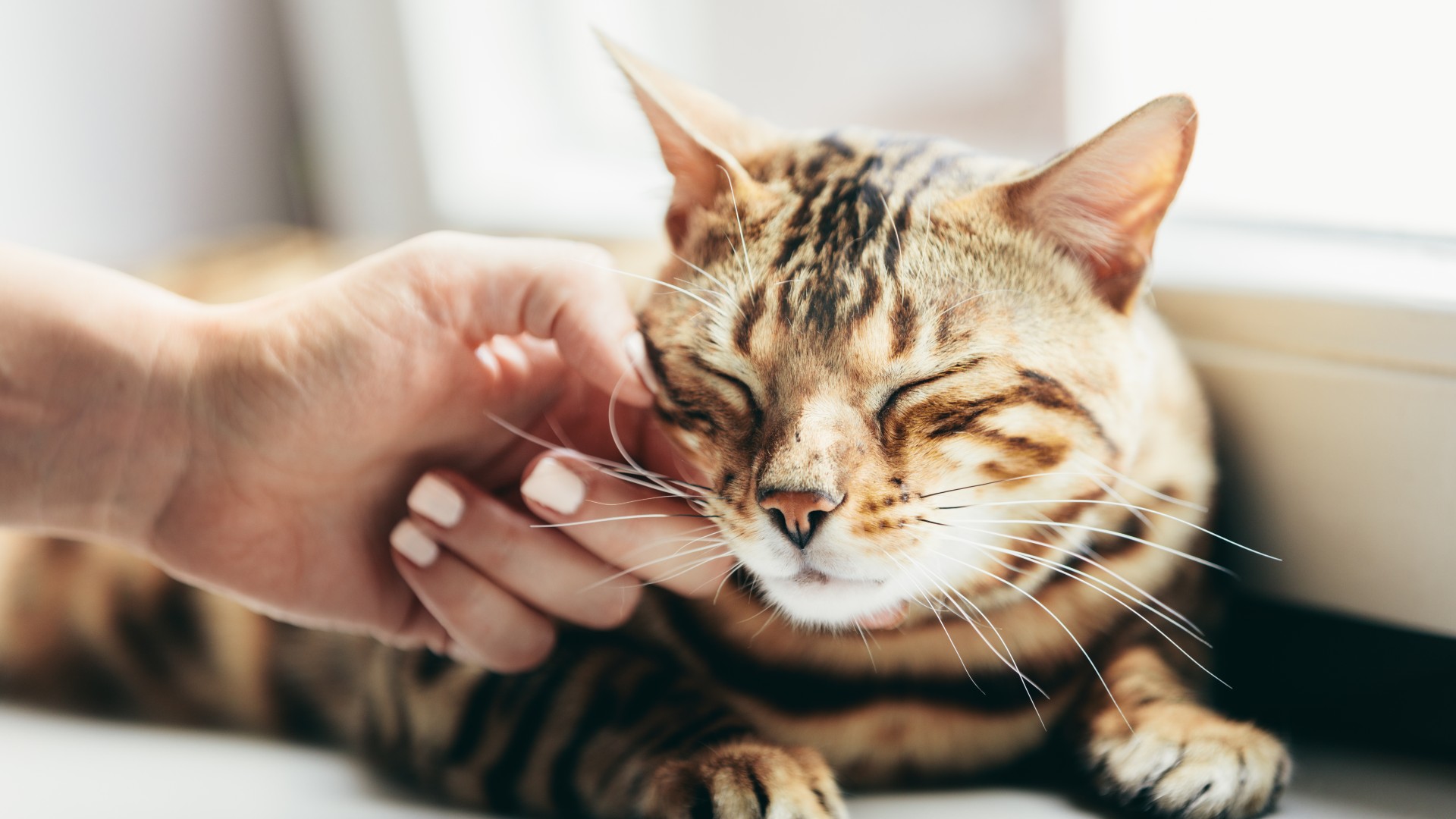
You've definitely smiled your way through an uncomfortable social situation, right? Chances are you were more anxious than happy in that moment. It turns out, our little feline friends adopt the same approach - they use purring to help comfort themselves.
While cats often purr when they’re feeling relaxed and content, occasionally a cat may also purr when they’re feeling nervous or agitated. Just like a child can use thumb sucking as a way to soothe themselves, your cat may use their purr as a comfort mechanism.
So how do you know if your cat is purring because they’re happy or stressed? The key lies in the body language. The hallmark sign of a worry-purr is a tense body with the ears back. And purring can also increase with illness, so keep an eye out for any unusual behavior, such as mobility issues and changes in food intake and energy levels. Schedule a visit with your vet if you're concerned.
Get the best advice, tips and top tech for your beloved Pets
2. I lick you because I love you
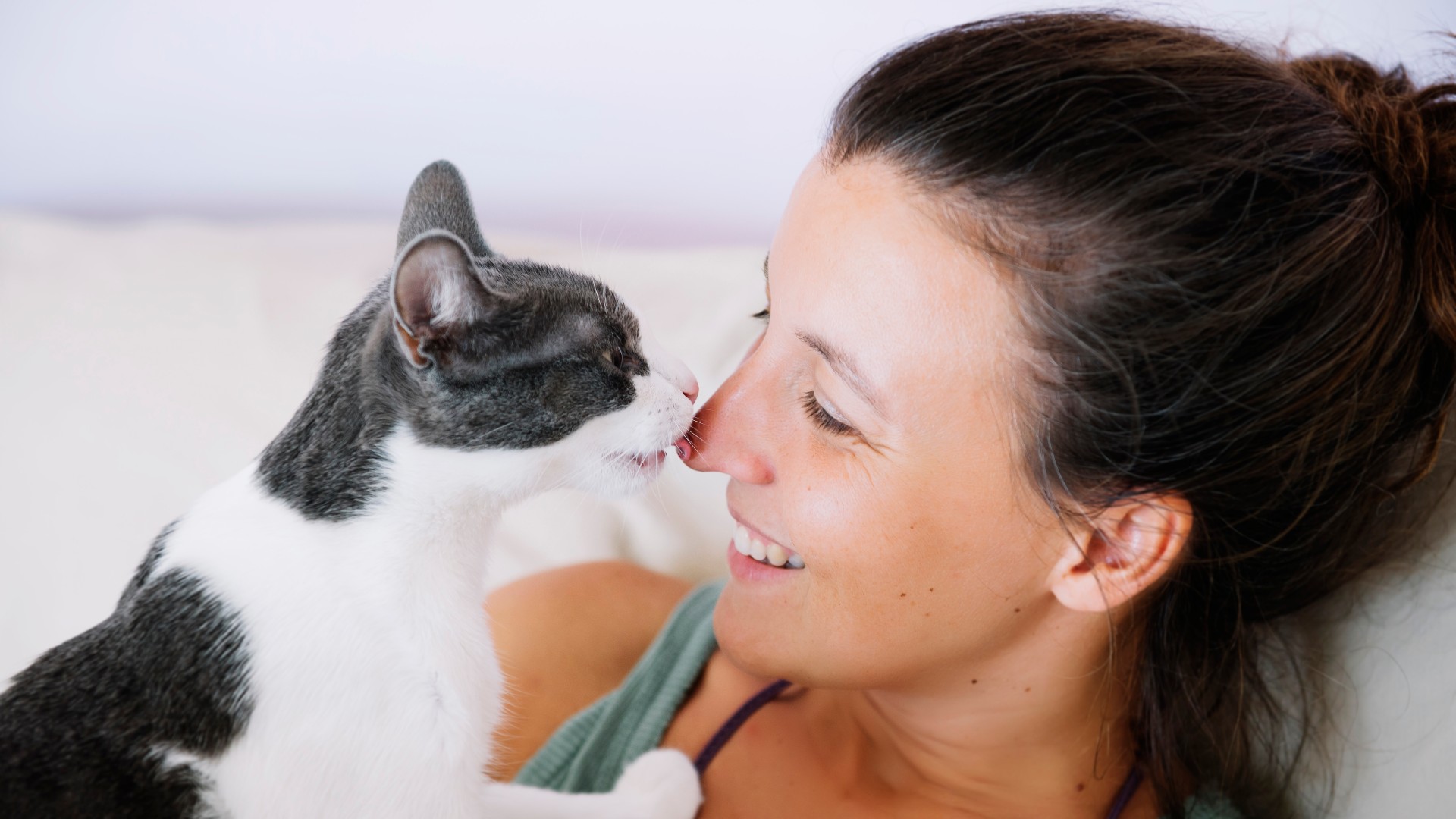
Your cat doesn’t see you as a human - in fact, your furbaby just thinks you're a large, hairless version of themselves, so they'll treat you the same as they would treat any other cat. Welcome to the feline family.
According to anthrozoologist Dr. John Bradshaw, author of the book 'Cat Sense', unlike dogs, who know humans are different and adapt their social behavior to match, cats show no such differentiation.
“Cats behave towards us in a way that’s indistinguishable from how they would act towards other cats,” says Bradshaw, “Putting their tails up in the air, rubbing around our legs, and sitting beside us and grooming us are exactly what cats do to each other.”
Next time your kitty drops a dead mouse at your feet or wants to lick you all over, take it as a compliment. While they may not be as expressive as dogs, Bradshaw’s research has shown that cats love their owners just as much.
3. If I meow, I want your attention
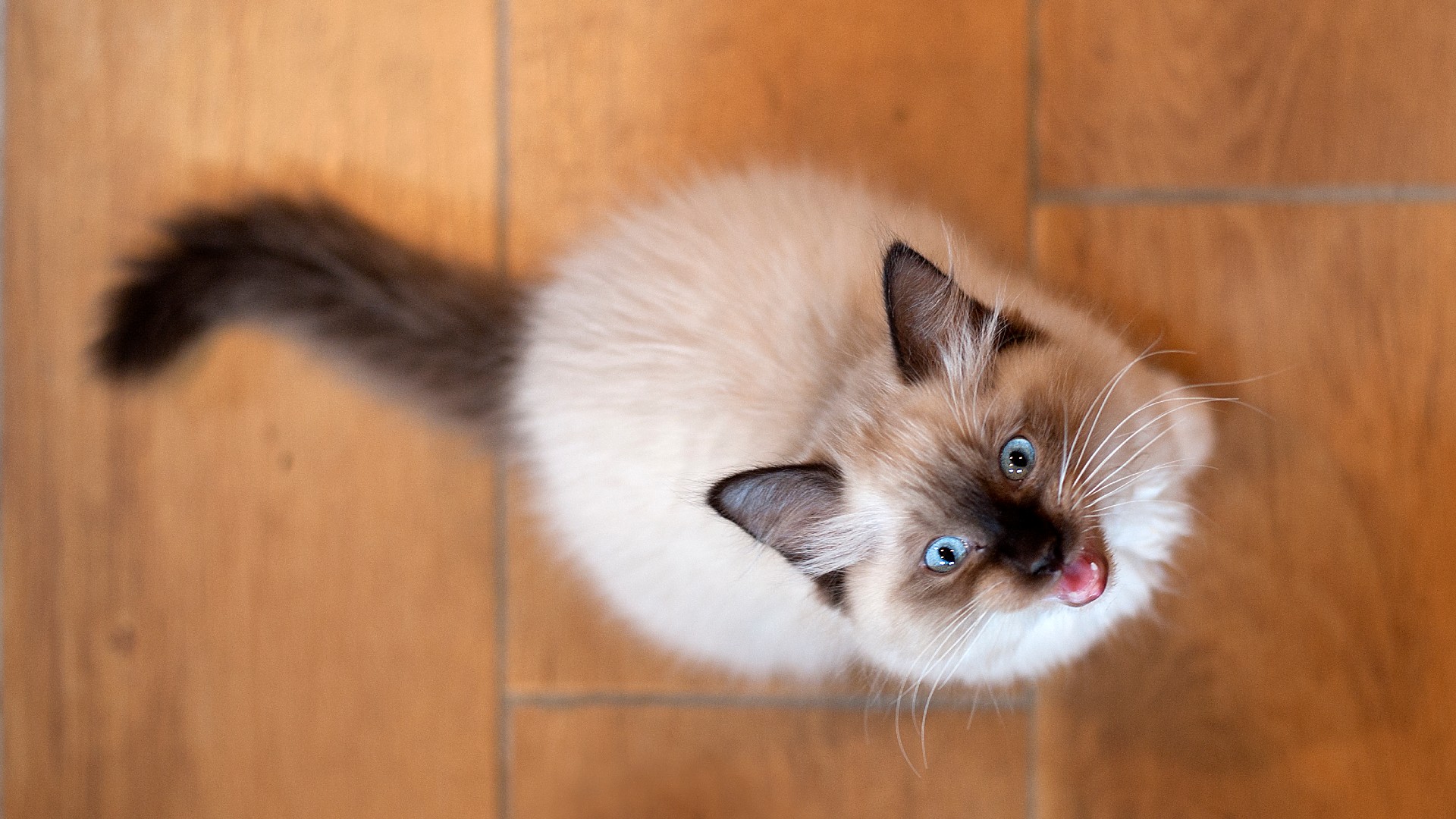
If a cat is meowing, it's almost exclusively to get the attention of humans. Believe it or not, while kittens meow to communicate with their mothers, adult cats rarely meow at other cats. That means when your cat meows, it wants to communicate specifically with you. These are some of the more common reasons why:
- To greet you: Cats love to say hello and to respond when you speak to them.
- As a way of getting attention: When they want to play or be stroked, a cat will meow to get noticed.
- To ask for food: Cats are masters at using the meow to get you to feed them their favorite wet or dry cat food, even when they’re not hungry.
- Because they want to be let in or out.
- If they have a cognitive impairment: Elderly cats are prone to meowing a lot if they’re suffering from the feline version of Alzheimer’s Disease, which causes mental confusion.
Whatever the reason, while meowing can sometimes be irritating, don’t ignore it unless you know for sure that your cat is being a diva and trying to get you to do something they want. In most cases, excessive meowing is your cat's way of trying to alert you to the fact they need the toilet, have an empty water or food bowl, or have been accidentally locked in a closet.
4. My tail will tell you a lot
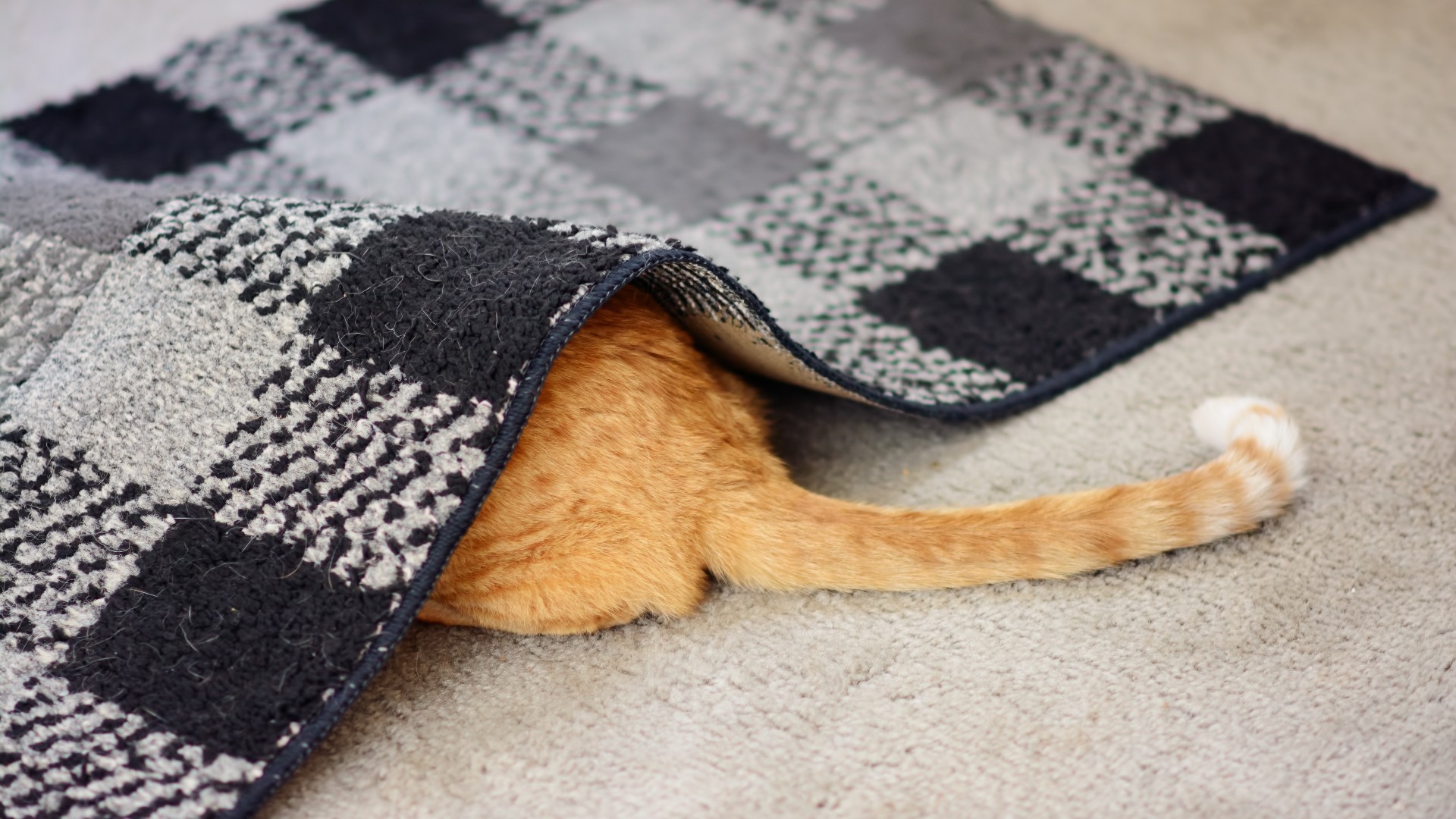
Your cat's tail is a great indicator of what kind of mood they’re in, so observing their tail talk can help you to understand them better.
According to Bradshaw, “An upright tail is a greeting sign between cats and is probably the clearest way cats show their affection for us”. If your cat's tail is high in the air, that’s a good sign they’re feeling confident and content, while a tail curved like a question mark is an indicator your cat is in a playful mood and ready to have some fun. A swishing tail is a common sight when they’re playing with cat toys and shows intense concentration.
And what if your cat’s tail is hanging low? That’s usually a sign of aggression, and you’ll often see this when your cat encounters another cat in its territory. If they puff up their tail, that’s an attempt to make themselves look bigger to ward off danger.
While the tales your cat's tail tells are generally similar for most cats, it’s worth noting that some breeds, like Persians and Scottish Folds, naturally carry their tails low regardless of what mood they’re in.
5. I’m not trying to ruin your stuff, I just need to scratch
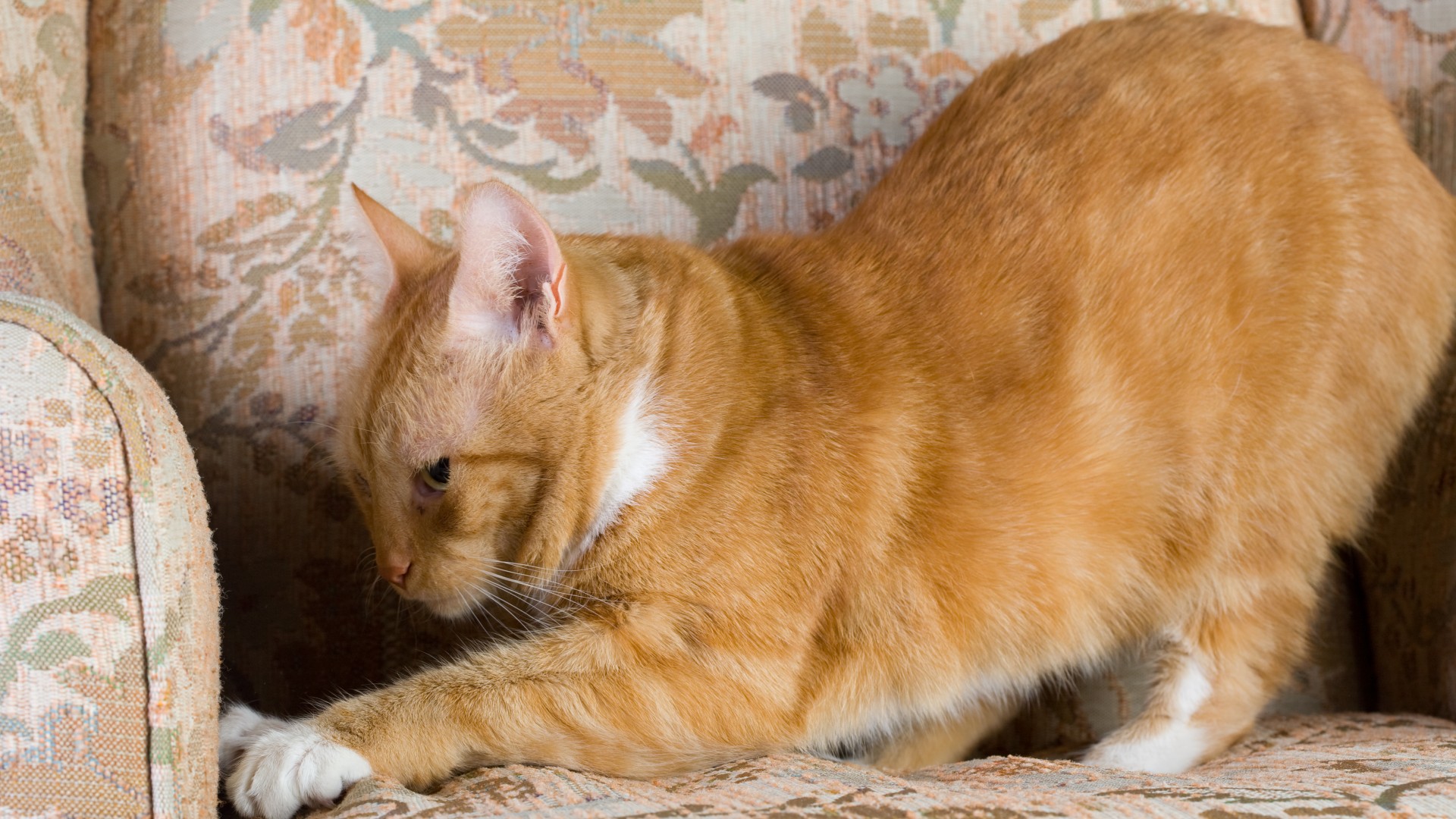
Your cat doesn't want to destroy your furniture, we promise. Cats have a primal, instinctual urge to scratch, and while you can train them to scratch in a certain spot, you can’t train them to stop scratching.
Cats scratch for a variety of reasons, including to relieve anxiety, as a way of stretching and strengthening their muscles, to trim their nails, and to mark their territory.
The couch tends to be a popular scratching spot as cats tend to like to scratch places where their owners sit as a way of letting other cats know this territory is theirs.
The best way to get your cat to stop scratching your furniture is to invest in one of the best cat scratching posts. Choose a scratcher made of a similar material to what your kitty likes to scratch and sprinkle it with catnip to lure them in.
You might also like to read: Do cats think humans are cats? and Can a cat laugh? Or, discover the signs your cat loves you and why your cat plays with their tail.

Kathryn is a freelance writer who has been a member of the PetsRadar family since it launched in 2020. Highly experienced in her field, she's driven by a desire to provide pet parents with accurate, timely, and informative content that enables them to provide their fur friends with everything they need to thrive.
Kathryn works closely with vets and trainers to ensure all articles offer the most up-to-date information across a range of pet-related fields, from insights into health and behavior issues to tips on products and training.
When she’s not busy crafting the perfect sentence for her features, buying guides and news pieces, she can be found hanging out with her family (which includes one super sassy cat and a kitten), drinking copious amounts of Jasmine tea and reading all the books.
She has written for a range of publications, including Fit&Well, Top Ten Reviews, LiveScience, Goodto, and Product Hunt.
